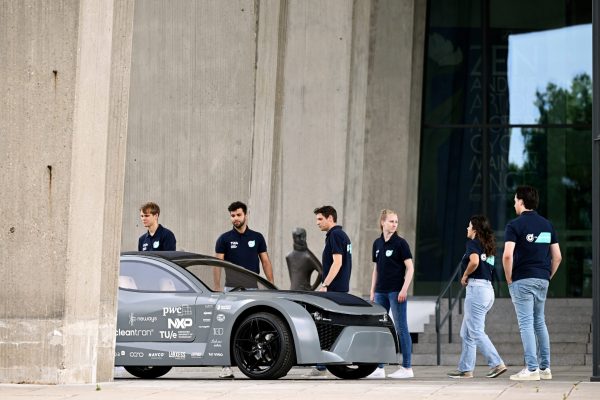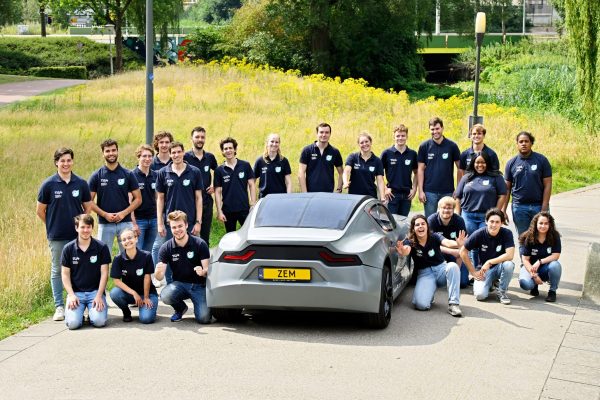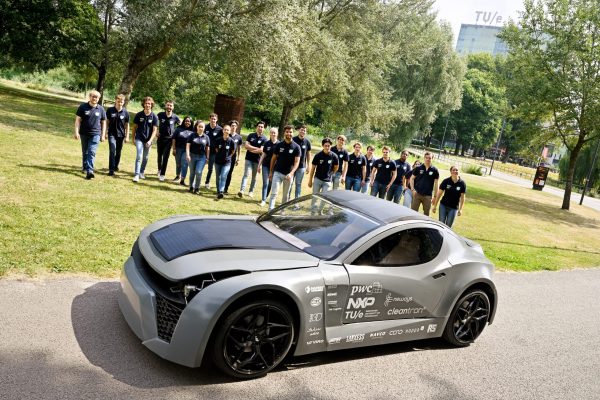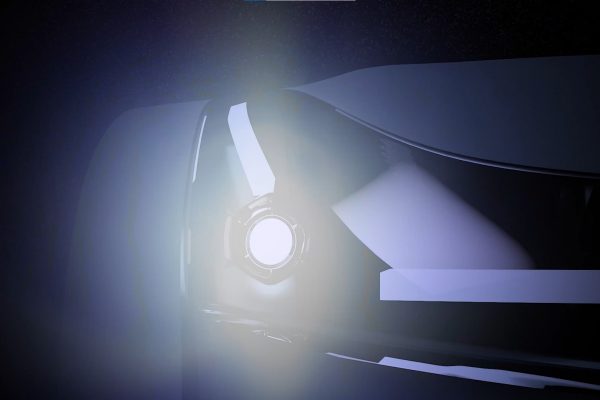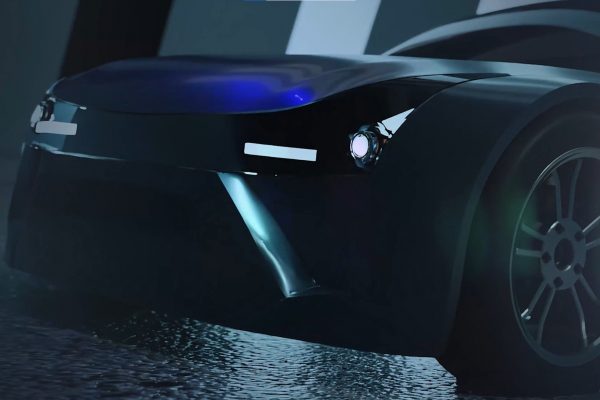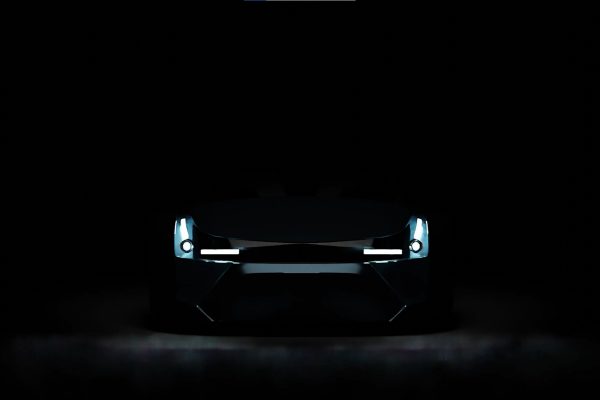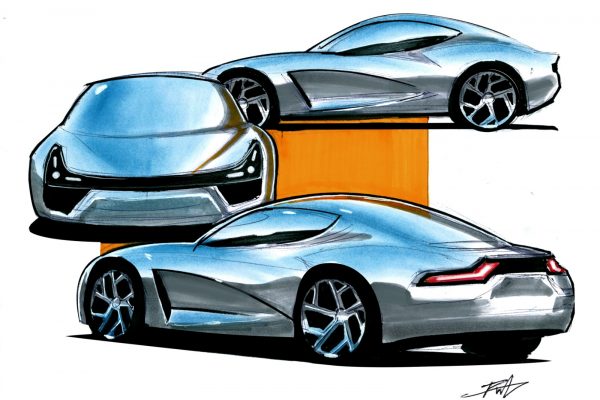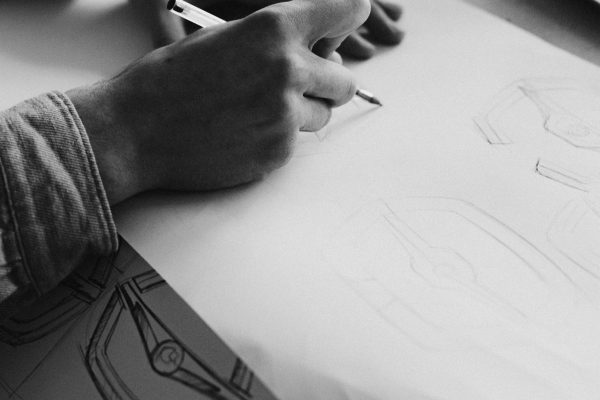This year’s team of TU/ecomotive is presenting Zem; A car that cleans the air while driving. The goal of the seventh TU/ecomotive team was to reduce the CO2 emissions during all life phases; production, driving and after-life. One of the most innovative technologies implemented in Zem is the direct air capture technology (DAC). When the car is driving, air will move through our self-designed filters, where the CO2 will be captured and stored. To showcase the low emissions of Zem, a life cycle analysis (LCA) was performed. In these LCA calculations all three life phases were taken into account.
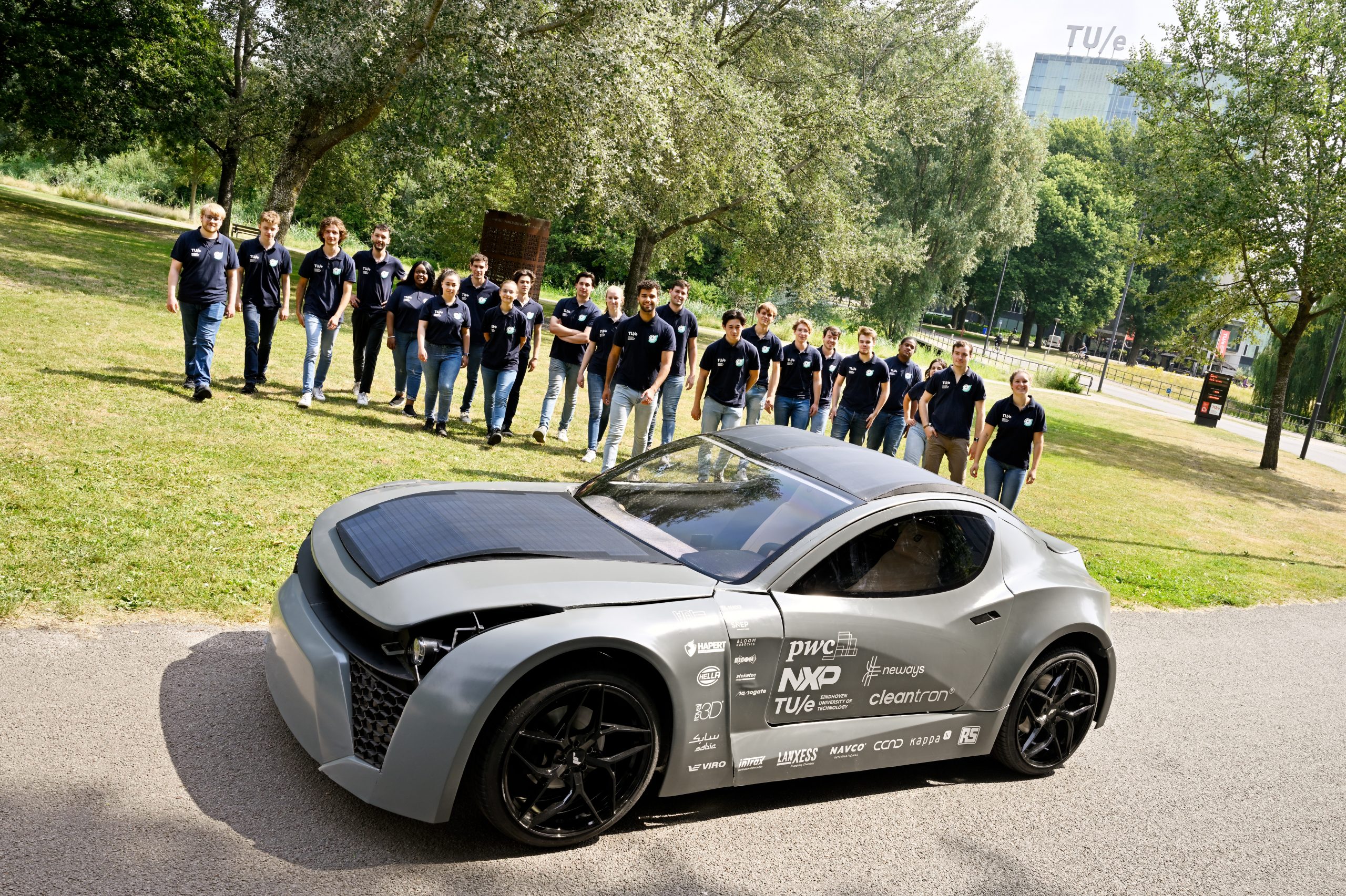
”We are cleaning the air while driving and aiming to become completely CO2 neutral!
Louise de LaatTeam Manager
Cleaning the Air while Driving
In 2030, Europe should have reduced their CO2 emissions by 55% in comparison to 1990. In 2050, Europe should be the first climate-neutral continent. With TU/ecomotive, we give a great example of how it can also be done within the (automotive) industry and we show the possibilities of how these sustainability goals can be achieved.
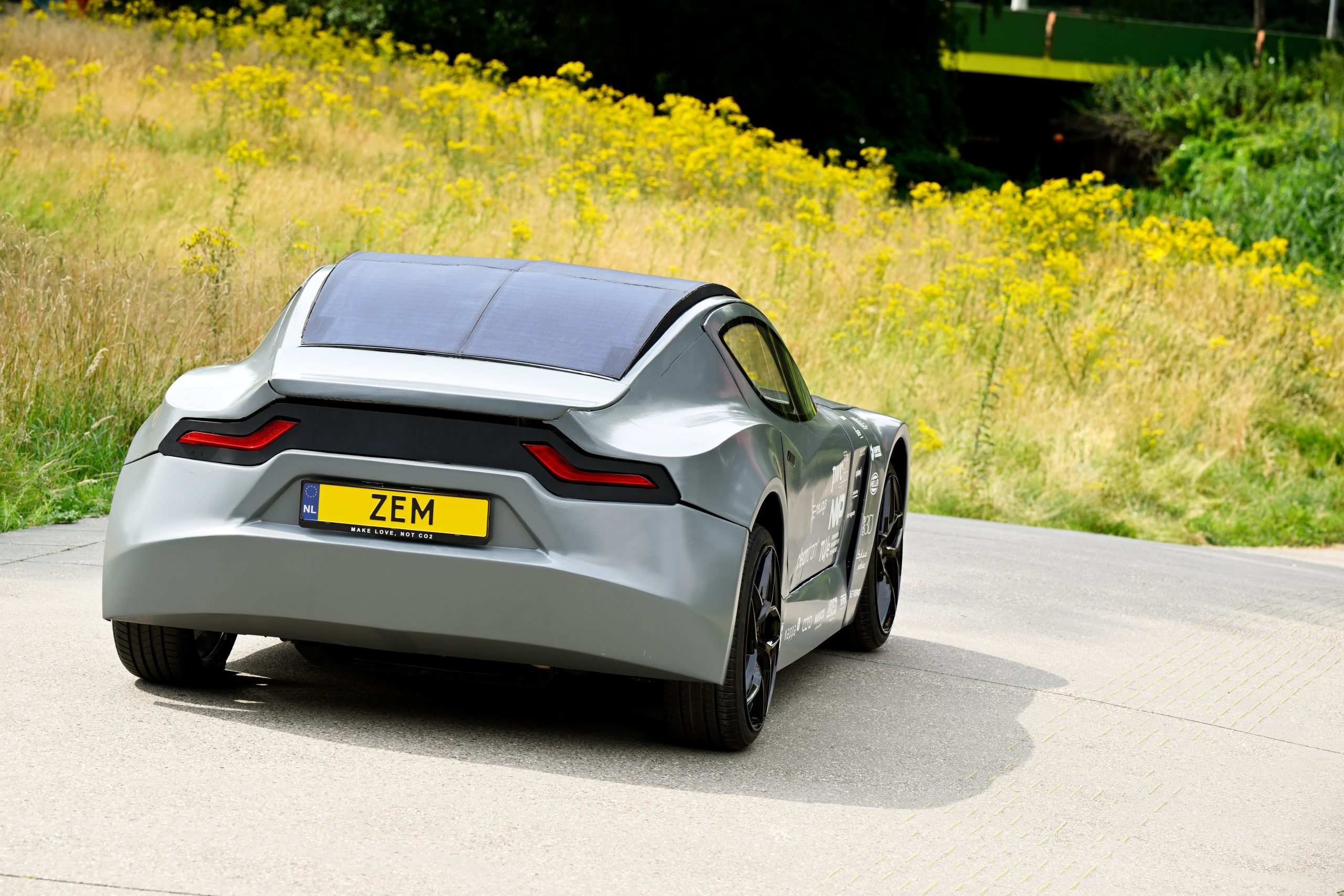
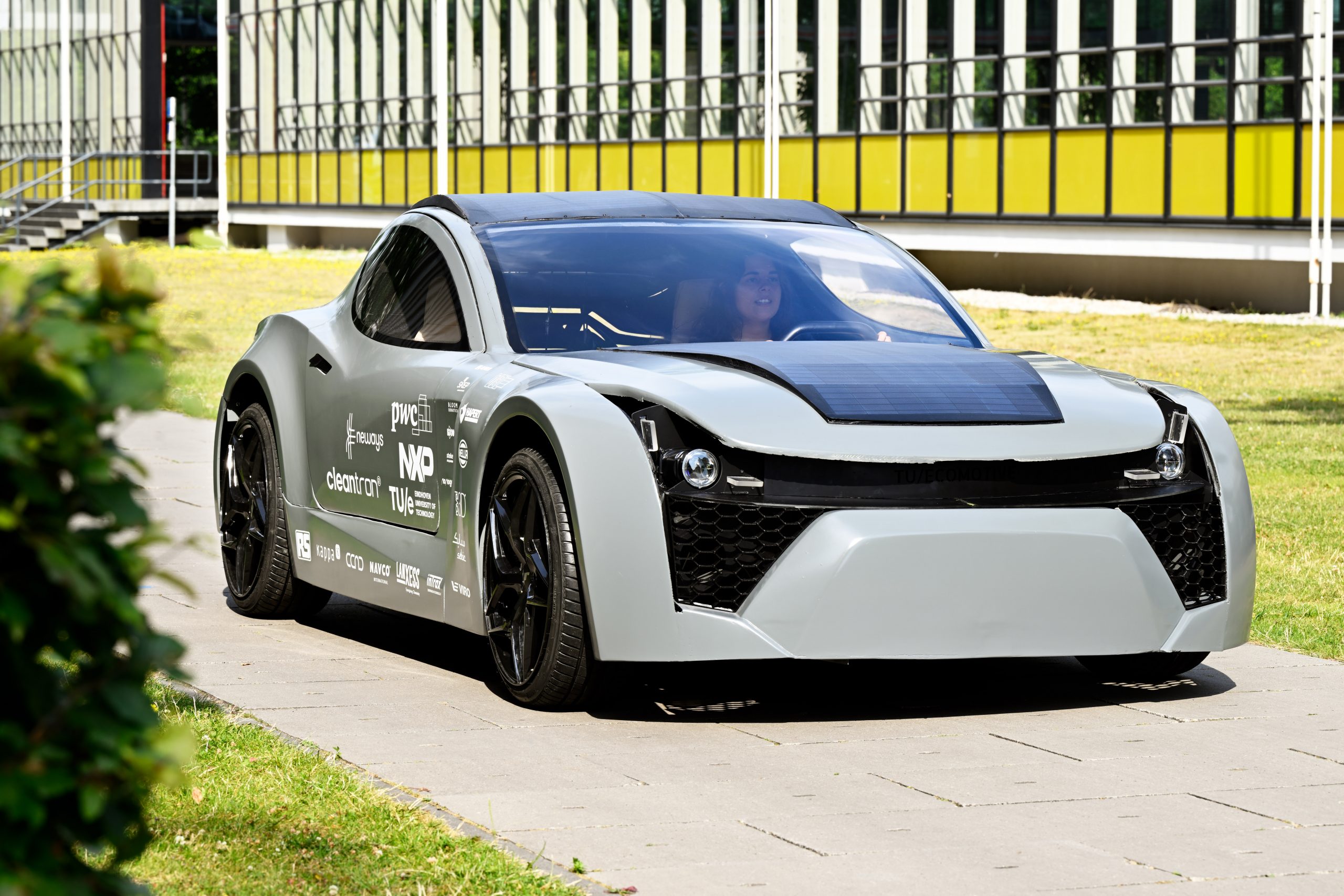
The monocoque and body panels are created with additive manufacturing. This method helps them to create their concept car with as little CO2 emissions as possible. By 3D-printing these parts of Zem, the exact shape that is needed can be printed and almost no waste material is produced. Printing these car parts with circular plastics that can be shredded and re-used for other projects contributes even more to the goal of CO2-neutrality in their car.
Driving
During the driving phase the filters with the direct air capture technology will compensate for the total emissions of all life phases. The idea is very simple: while driving, air will move through our self-designed filters and the CO2 will be captured and stored.
Another upcoming technology that is implemented into Zem is bi-directional charging. The bi-directional charging technology makes it possible for cars to provide energy to houses when no renewable energy is being generated at that moment. You can see Zem as a sort of external battery to your house, providing the house with green energy when needed. The bi-directional charging technology has been paired with solar panels that are implemented on the roof of the car. In this way, Zem makes use of both the batteries and the space on the roof to make the vehicle and its surroundings more sustainable, even when it is not driving.
Afterlife
The compatibility of materials, easy separation and the use of additive technology among other features determine the recyclability of Zem. By designing most parts within their car to be reusable or recyclable, we are making sure that the CO2 emissions in the after-life of Zem are lowered. Since all these materials and car parts can be used for other purposes and very little new materials have to get into the life cycle, we think this is the most sustainable solution.
EM-07 Net Zero
This year’s team of TU/ecomotive is presenting the world’s first CO2 neutral car from scratch. This concept has been chosen because the transport sector is responsible for the biggest share of greenhouse gas emissions and this means that this is the area where we have the most room for improvement. Also, the choice has of course been made with the green deal in mind.
In 2030, Europe should have reduced their CO2 emissions by 55% in comparison to 1990. In 2050, Europe should be the first climate-neutral continent. With TU/ecomotive, we give a great example of how it can also be done within the (automotive) industry and we show the possibilities of how these sustainability goals can be achieved.
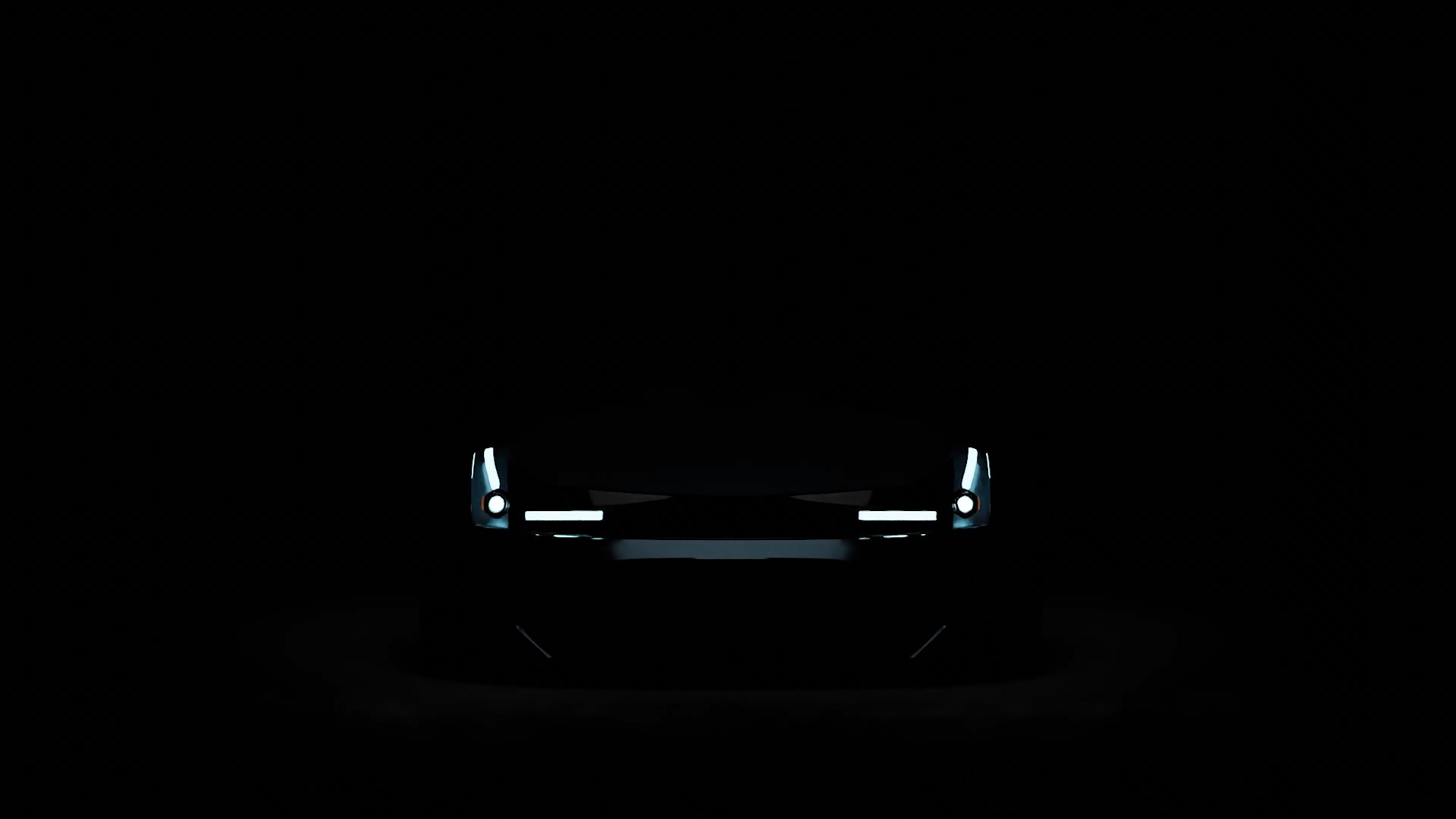
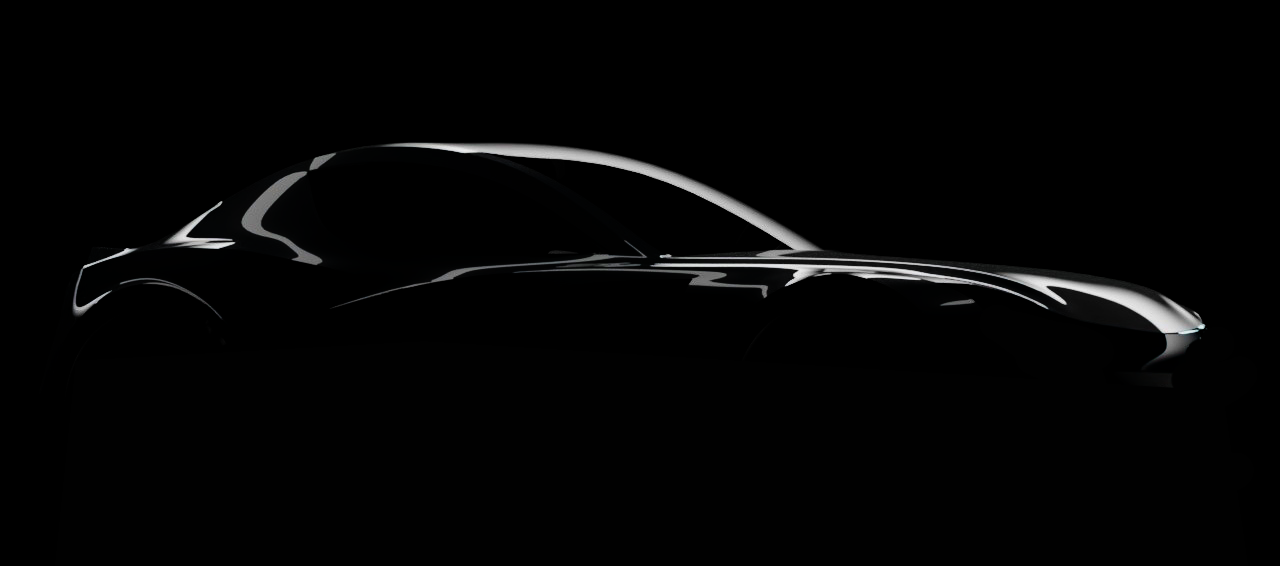
CO2 Neutral
CO2 neutral mobility implies that the vehicle has zero carbon dioxide emissions during its production, use and end-of-life phase.
For the Production-Phase this means taking into consideration every material, component and bit of energy going into the production.
For the Use-Phase this means driving without emitting carbon dioxide
For the End-of-life Phase it is important to be able to reuse as much as possible and recycle what cannot be reused.


